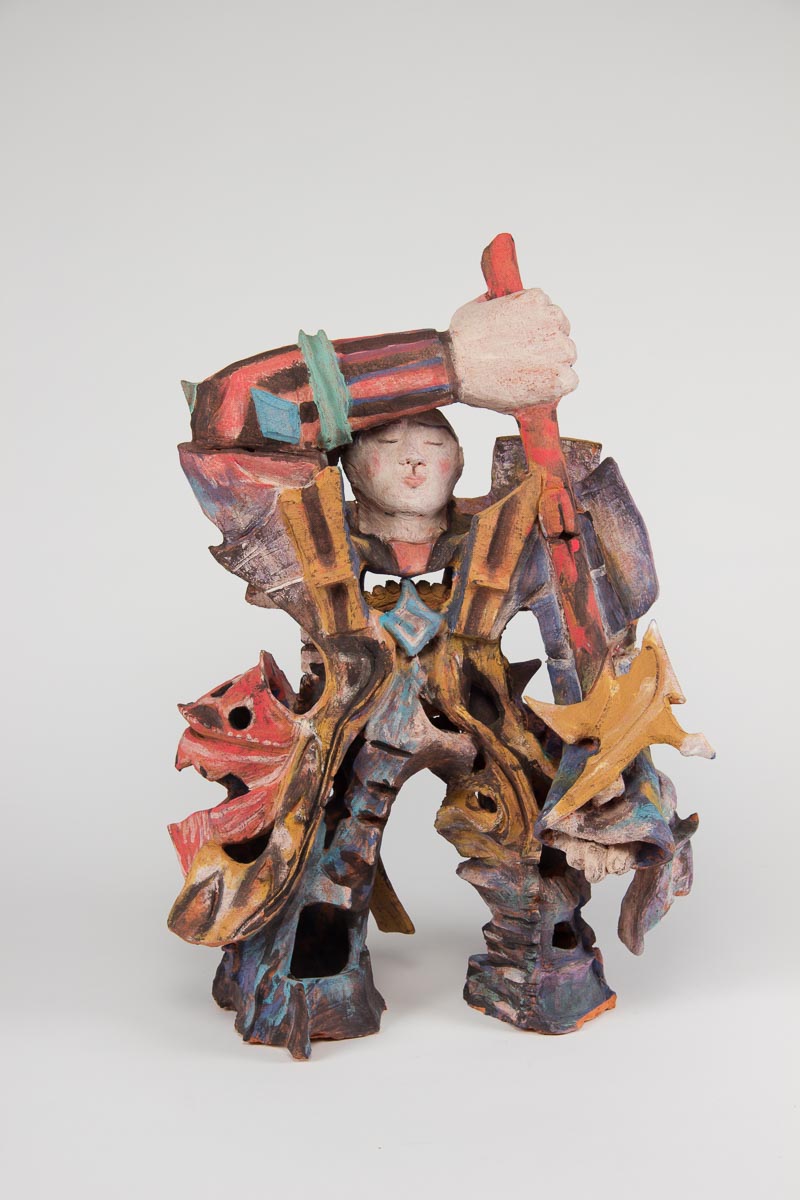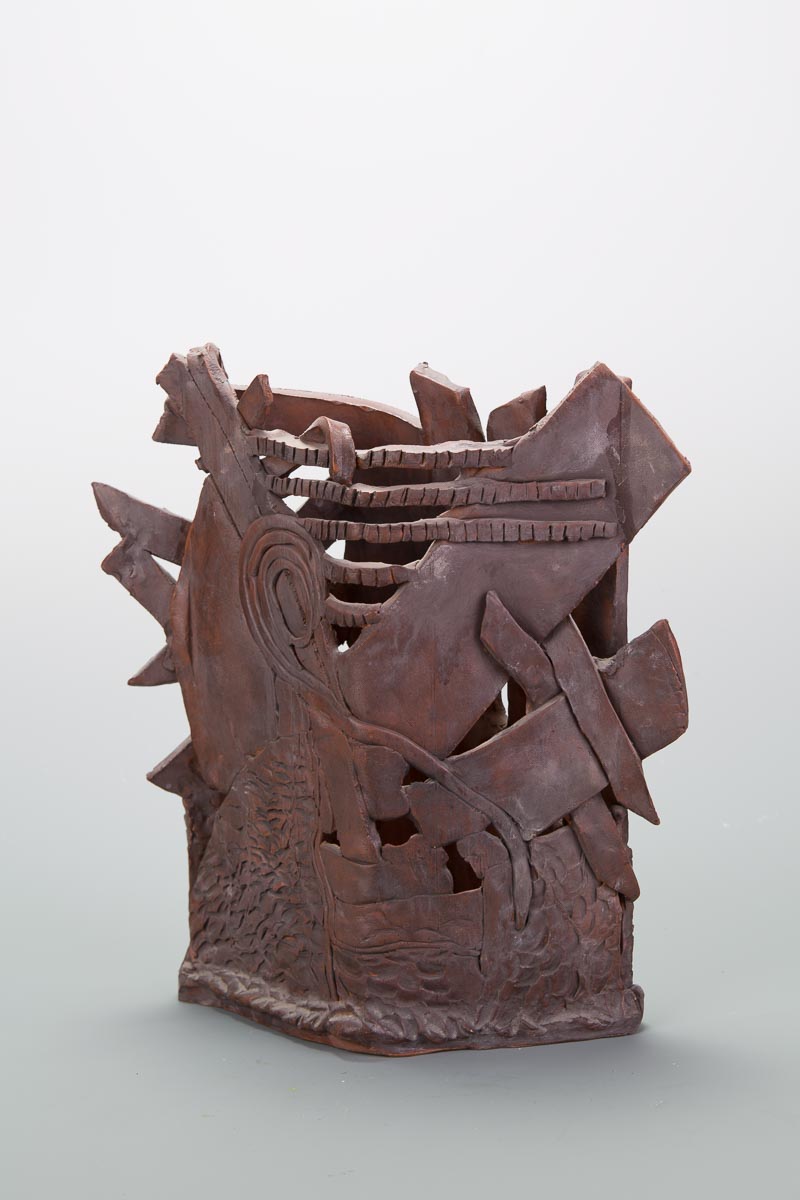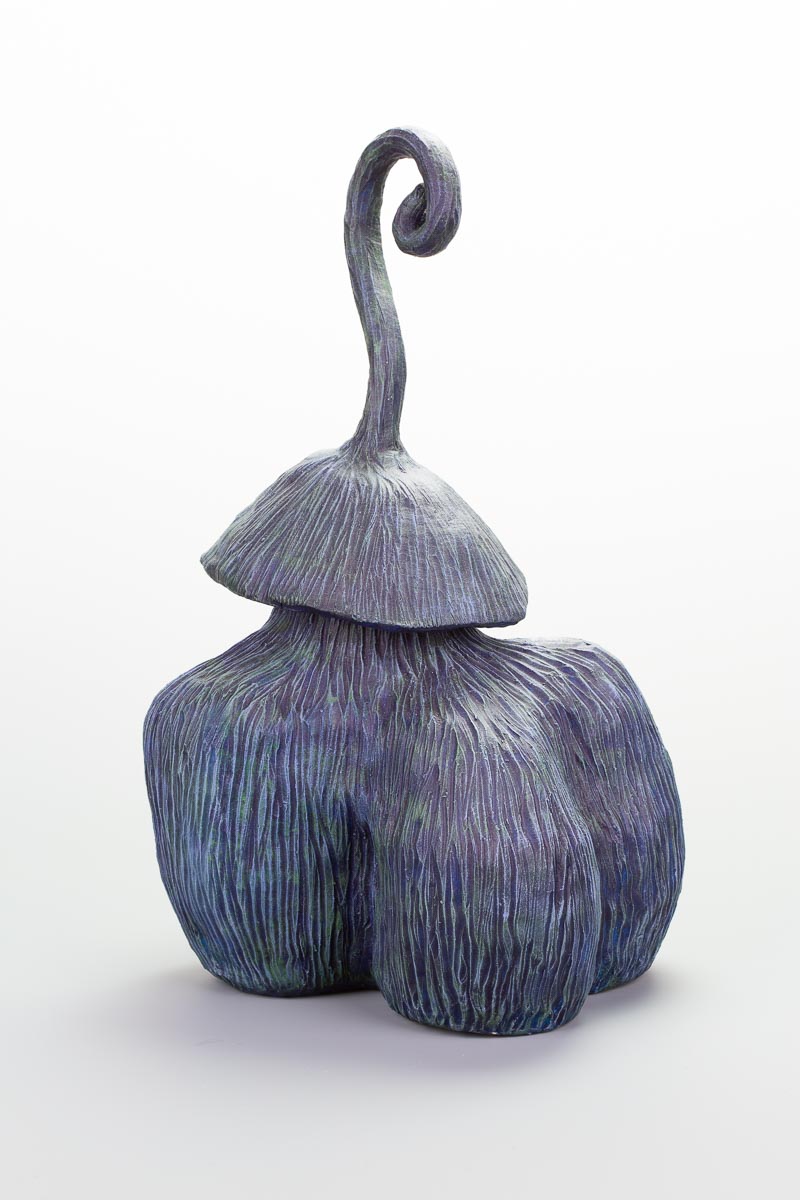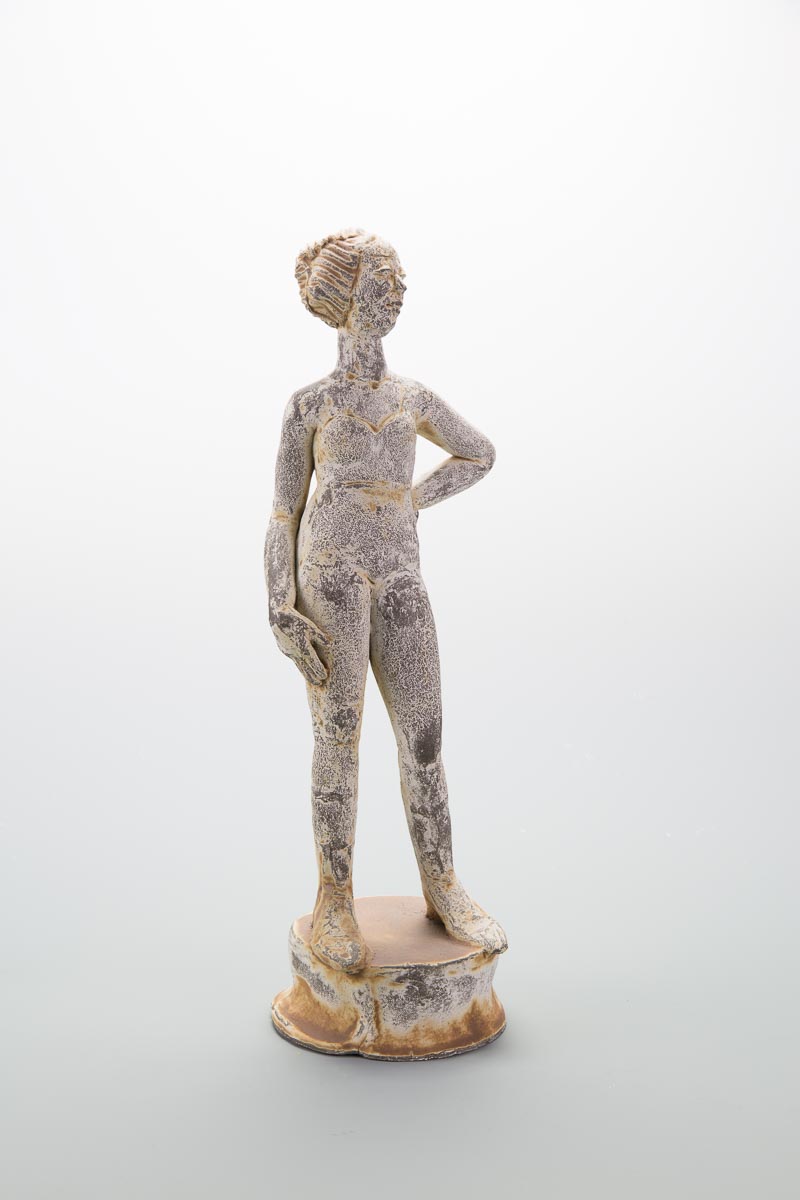
Ceramics
Ceramics
Ceramics
Ceramic artists focus on both the technical and the artistic process of making three-dimensional forms through the use of clay or other related materials, such as plaster, masonry, concrete, or 3D printing filaments. The exploration of form is fundamental to this practice, whether it results in a unique composition of artistic expression, an artwork of utility, or an aesthetic non-functional object. Many practitioners of Ceramic Art combine the skills of sculpture and painting to create sculptural works and pottery that are hand-built or wheel-thrown before being decorated by slips or glazes and kiln fired.
Course Descriptions
In Ceramics I and II, students will learn and study the techniques of building, throwing, and construction as they relate to the design and production of ceramic sculpture and pottery. Students will also learn to apply the variety of slip, glazing, and firing methods used to create finished ceramic works. Through the application of design principles, projects and assignments will build knowledge and practice the construction of both historic and contemporary ceramic forms. The foundational courses of ARTS 1311-Design I and ARTS 1312-Design II are prerequisites for Ceramics courses at ACC.
Course Resources
Facilities
The Ceramics Studio at ACC consists of an open floor plan lab with several hand-building tables, a Brent SR20 slab roller, and 10 Brent pottery wheels. This state-of-the-art space contains two separate kiln rooms (one dedicated to low fire, and the second to mid-range and high fire processes), a clay storage room with two pugmills, a large drying cabinet, a spray booth, slip and glaze mixers, and storage space for student work. The lab also utilizes a projector for in-class lectures and demonstrations. Classes are limited to 10 students in order to allow ample space for learning about and producing ceramic artworks.














